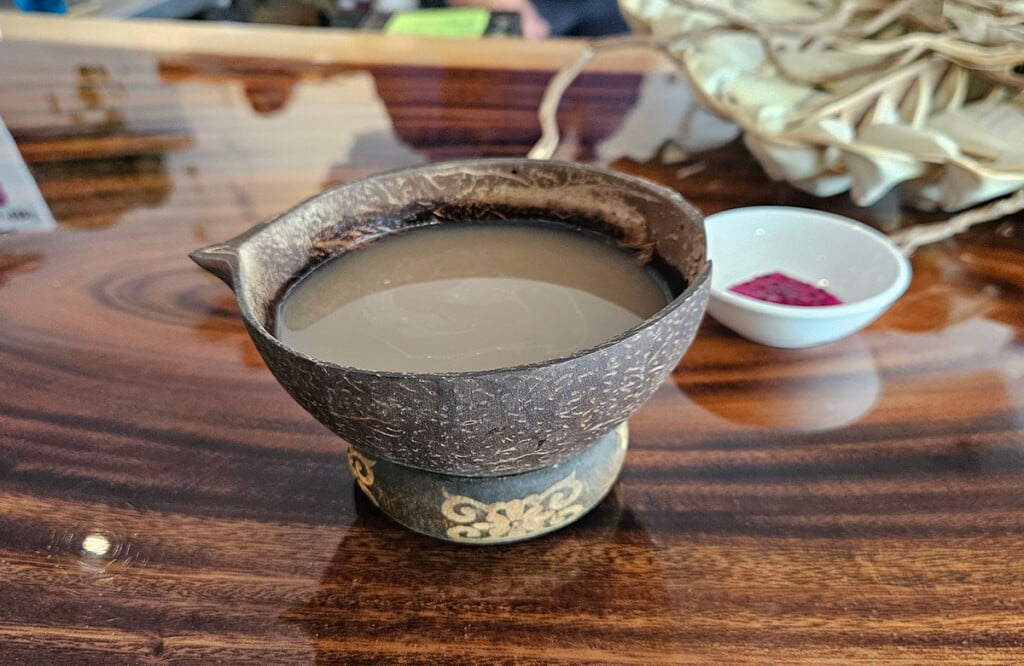Q:
You’ve called your current position your “dream job.” Why? A: You can
do things with works of art that really illuminate the world. People are only
here in the museum for half hour to an hour. Yet in that time, you have their
undivided attention. Visual art can be enlightening-or mystifying. How can we,
as the museum, mediate that experience? It’s a very powerful thing, a great responsibility
… and huge fun. Q: What is Hawai’i’s art climate? A: Improving.
People who live here-and in America in general-are becoming more visually sophisticated.
Being an artist in Hawai’i is hard, because there just isn’t the market. Most
artists I know here have to work at other full-time jobs and then create their
art whenever they can. Q: You’ve started an “Art to Go” outreach
program in response to the ice epidemic. How can art help with a drug issue?
A: Art embodies who we are as people. If you take young people who have
been marginalized, there is nothing more empowering than the realization that
they can express themselves. It’s theirs, a pure expression of their needs and
vision. It gives them something to be proud of. It sounds simple and trite, until
you see it working. Q: The Impressionists are always crowd-pleasers.
Why do you think that is? A: The Impressionists are about vision, about
perception. They are free of an agenda and very approachable. It’s the kind of
exhibition I want to do more of. We have more freedom as a smaller institution,
because we can actually be riskier. This show is about Japan’s ongoing relationship
with the West; there’s never been an exhibition like this. If someone leaves with
one or two ideas they haven’t had before, then we’ve done our job.
Q:
What is your vision as director? A: We have one of the best permanent collections
in the United States. We need to catalog it and travel it. The art should travel
to London, Berlin, Tokyo. Our collection is designed to be a mirror image of the
population of Hawai’i; it’s very diverse. I want people to hear our name and think
of the overwhelming quality of our collections. The Chinese have a saying, “The
sparrow is a small bird, but it has all of its organs.” | 







